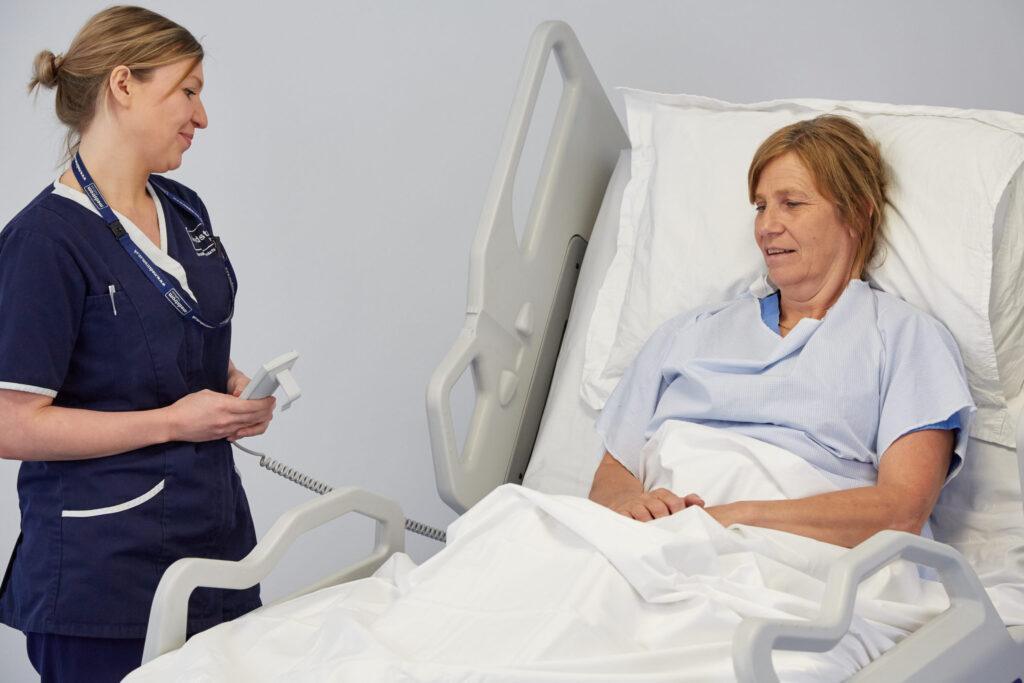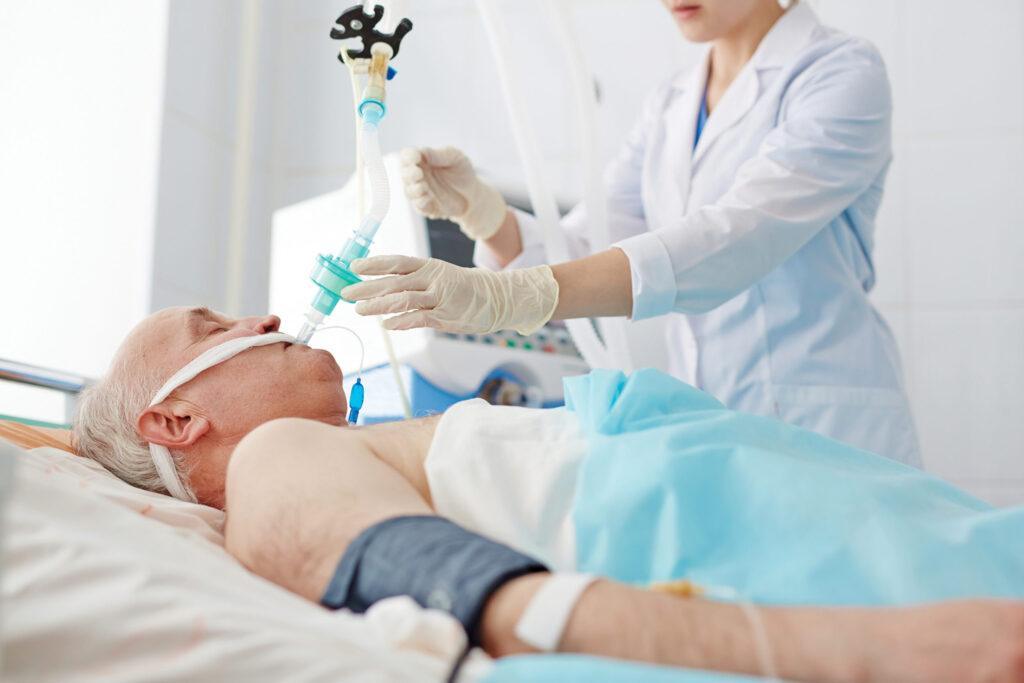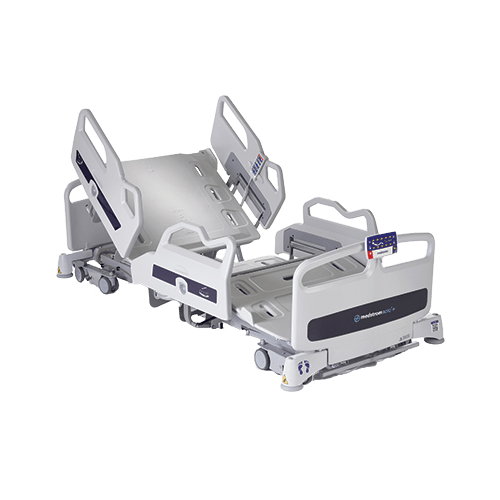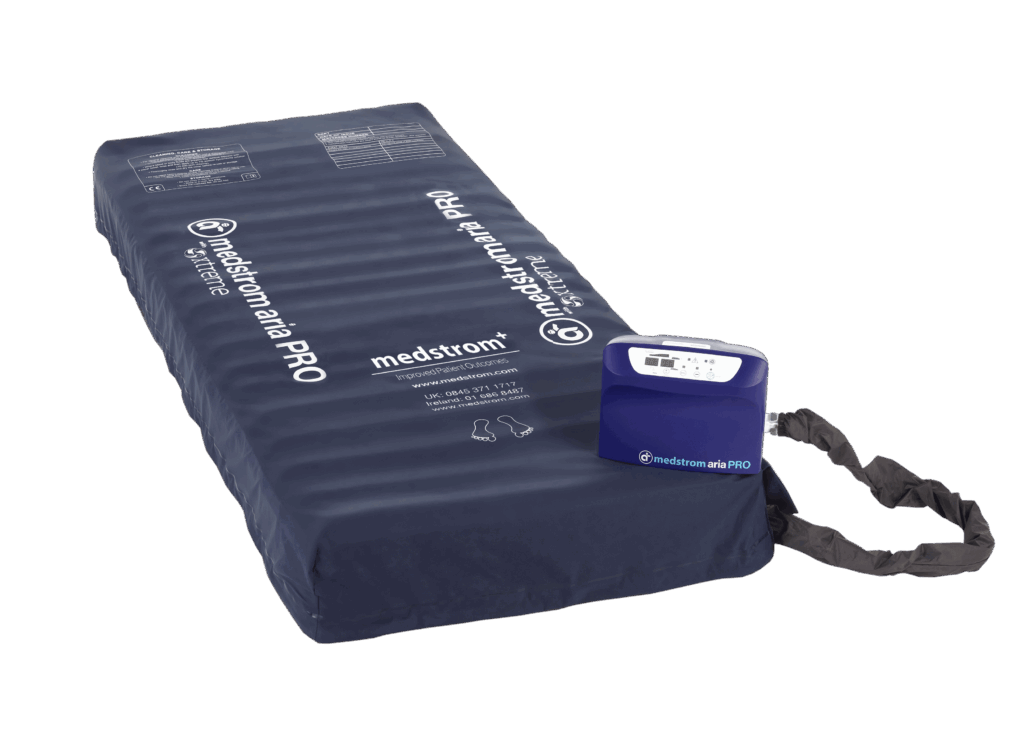
Hospital to Home: Key Steps for a Seamless Transfer of Care
A patient’s hospital to home pathway requires truly a multi-disciplinary approach and it is vital to have input from numerous perspectives to ensure success. Watch the recordings below from experts in Manual Handling and Nursing, who offered clinical insight and real-life patient examples to stress the importance of being proactive and communicating effectively to promote rehabilitation and prevent readmission after hospital discharge.
1. Providing Optimal Care for Plus-Size Patients in the Acute Hospital Setting
“It’s by working together that we can achieve success.”
Claire’s session examines how she and her team in Hillingdon have been implementing key processes to enable the provision of optimal plus-size patient care. She touches upon the challenges they have confronted with patient handling and training staff and how they have gone “back to basics” to deliver effective solutions. This included developing discharge arrangements on admission, as well as revising the risk assessment plan in terms of its suitability.
To bring this to life, Claire shares a fascinating patient case study that shows these processes in action. Overall, helping to optimise patient independence and empower patients and their families/carers.
2. Planning for a Seamless Transfer from Hospital to Home
“It’s all about developing a relationship with the patient and nurturing that trust.”
Throughout Darren’s session, he calls upon his own lived experiences and lessons learned during his career in Manual Handling. A cornerstone of that is building a relationship with your patient at the start of their hospital to home journey. Especially for plus-size patients, this is important in overcoming social anxieties, whilst also getting improved compliance with key decisions further down the line.
At each stage in the process, Darren emphasises the value of working as an MDT and breaking down any communication barriers between acute and community teams. A crucial step from hospital to home is understanding whether the home is ready to receive the patient. From establishing funding for appropriate equipment to measuring and determining access in the community, Darren delves into the many considerations and offers solutions to overcome potential challenges.
To find out more about how to achieve a seamless transfer of care, click here.
3. Patient Case Study: Planning, Process and an MDT Approach to Hospital to Home
“Those patients must have access to that equipment when they go home, otherwise their journey stops. We need to make sure we have that seamless transfer for care.”
In Sam’s session, she addresses the planning that is required in delivering a successful hospital to home discharge plan. Working closely with the Health Board’s bariatric equipment supplier, Sam and her team are able to make sure the appropriate bariatric equipment is supplied to support with plus-size patient rehabilitation.
With the support of Medstrom’s Clinical Advisors, training and education has been made available to staff, patients and carers within the acute and community settings ensuring there is a consistent approach across the multi-disciplinary team (MDT). This teamwork and communication is reinforced with a compelling case study about a patient’s hospital to home journey.
Q&A Session
To close, each of our speakers joined our hosts to help answer audience questions. Jump to the most relevant question for you from our selection below:
- Are there enough District Nurses to improve home patient care?
- How can acute and community teams work together to achieve positive outcomes for patients on their return home?
- How does the hospital to home pathway affect patient rehabilitation and overall well-being?
- Where can I get the proper training on appropriate equipment selection and how to maximise its impact on patient outcomes?
- What do we need to consider with the specific pathways for spinal patients?
- How can healthcare organisations measure the success of hospital to home pathways and what metrics should be used?
- Could you provide further clarification on the acronym PEEPs?
- What are your thoughts around risk assessment tools and who should be involved in completing them?
- How do we overcome staff’s fear of plus-size patients mobilising around the ward independently and the risk of falls?









